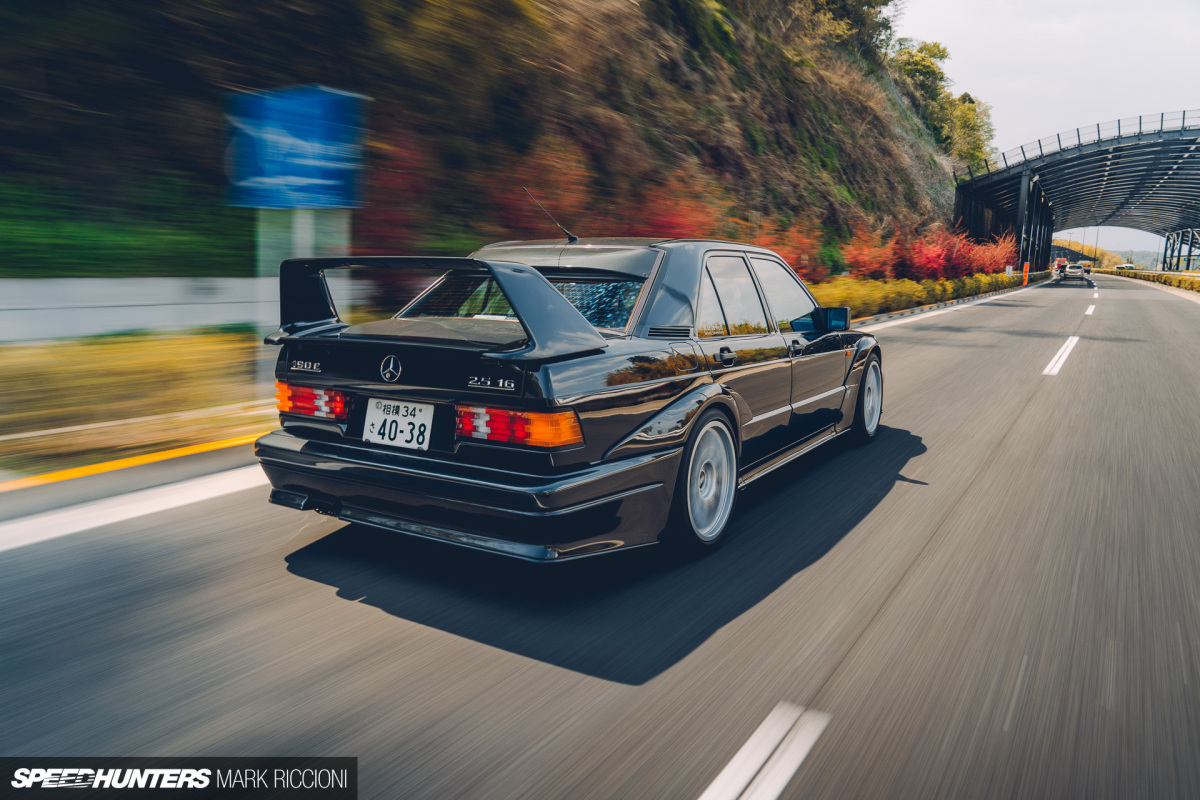
As an absolute BMW E30 fanboy, it might be a surprise for you to see my name in the byline at the top of this story. But there’s a twist in this plot.
Without the brilliance of Mercedes’ 190 E race program, there wouldn’t even be an E30 M3. So it’s only fair then that I respect and admire this car, the ultimate version of the 190 E.
This particular model is owned by Tetsuro Yamazaki, whose name you’ll be familiar with from a previous 190 E story. I think it’s safe to say at this point that Yamazaki-san is absolutely obsessed with hot 190 Es.
We almost didn’t get to see this car during our visit however; it was tucked away at the top of a long winding pathway, under an unassuming cover. In fact, it wasn’t until the last 20 minutes of a three-hour 190 E chat that he remembered he even had it.

Yamazaki-san led Ben, Mark and I excitedly away from his workshop after noticing our interest in the Tommykaira 190 E on the ramp. “I’ll show you something cool,” he said.
Truth be told, I had absolutely no idea what to expect; it could have been anything. My mind rushed with images of Pokemon-faced kei-car minibuses and presidential Japanese saloons. It might not have even been a car. It could have been anything. But at the top of the hill, laid in wait, sat this be-winged Blauschwarz masterpiece. One of only 502 ever produced – a 190 E 2.5-16 Evolution II.
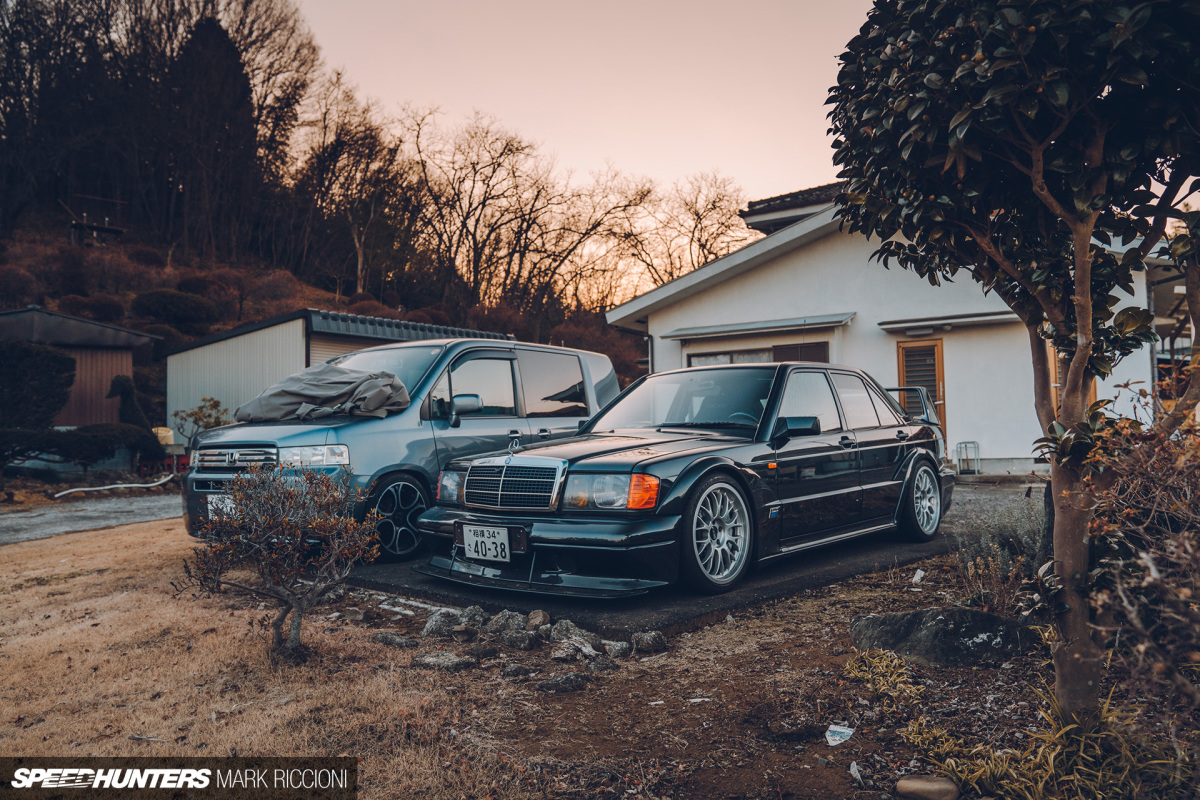
I’ve glossed over an important fact here: we were not at just any old workshop. You see, Tetsuro Yamazaki runs RAUH-Welt Republik and is responsible for the mechanical side of Nakai-san’s RWB creations. He’s the reason the cars can compete at wide-open throttle for 24 hours at a time.
But when he’s not elbow-deep in the back end of an old Porsche, you better believe he’s rushing to work on a boxy Mercedes.
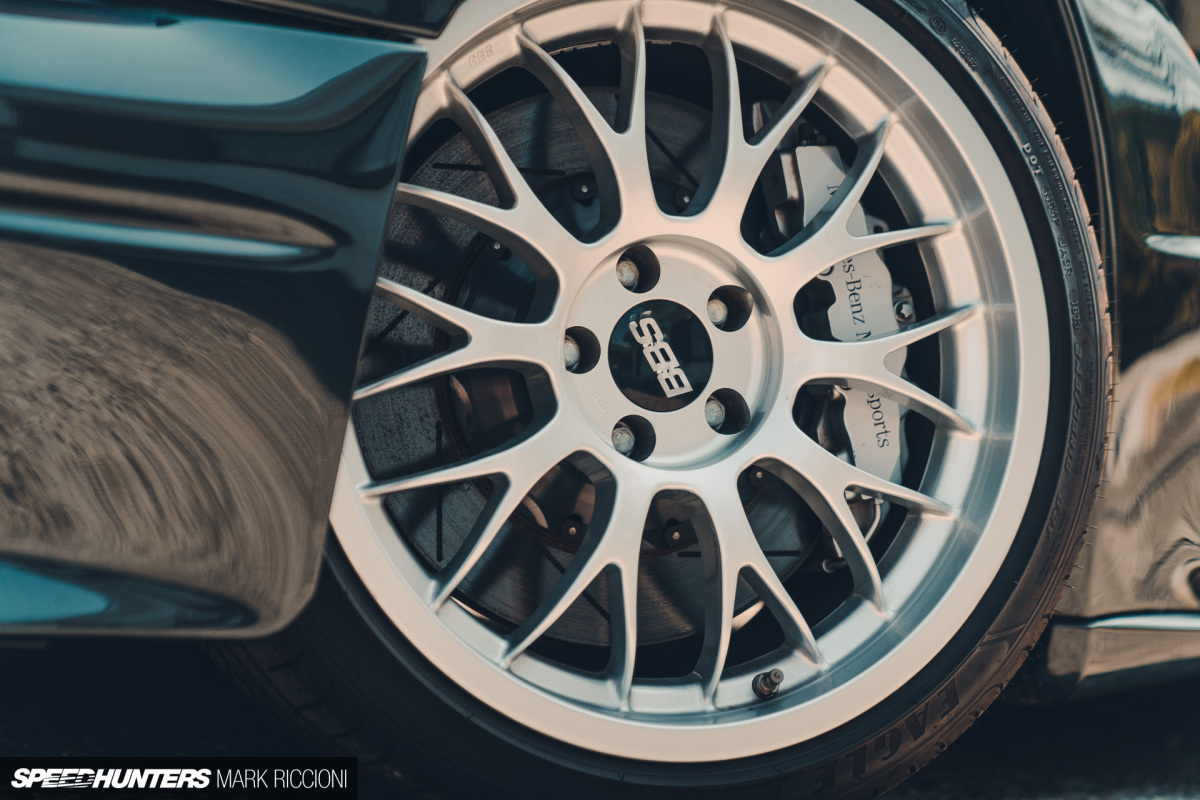
The normal 190 E range in itself isn’t the most remarkable, but I’ll admit nor is the E30 vintage BMW 3 Series lineup. 190 Es were more popular for use as cream-coloured German airport taxis. This was a real workhorse for Mercedes and marked a huge change in their vehicle development strategy.
The model was introduced in 1982 after an unusually long and thorough incubation period. It marked a new era for Mercedes in terms of build quality and durability as they looked to the world stage to spice up the 190 E’s ‘everyman’ image.

At the time rallying was the obvious platform, but without an engine worthy of taking to the fight, Mercedes had to think laterally. Cosworth had vast experience with the twin-cam development of four-cylinder engines and were chosen to create a 16V version of the existing M102 8V. In this moment the ‘190 E Cosworth’ was born, although the cars were never badged as such. Yes, that’s what most people call them, but that’s not their official name.
Prior to the 190 E, Mercedes were campaigning the big V8 SL in rallying, but the discipline was progressing at an incredible rate. You might remember certain dominant forces in ’80s rallying, none of which wore a three-pointed star. The introduction of the Audi quattro blew the discipline wide open and nothing was quite the same thereafter.
It was this swift turn in tech that made Mercedes execs throw the towel in on the 190 E’s once-exciting rally programme. The lack of four-wheel drive and forced induction meant the model no longer had what it took to compete. In fact, Mercedes duly decided to can the entirety of the 190 E’s motorsport prospects, which was probably a wise decision in hindsight. Without that it’s unlikely the Evolution II would even exist. Allow me to explain…
You can imagine the scene: Mercedes engineers sat disheartened, slumped in their chairs staring at this new-fangled 16-valve engine wondering what to do with it. I may be using a little too much poetic license here, but if you’ve ever seen an upset engineer you’ll know what I mean. Engineers are headstrong people and they’re also problem solvers. Not to be defeated they began looking at other ways to get the 190 E racing. Without any backing from Mercedes themselves, the engineers went rogue and reached out to independent race teams for help. The faster they could deliver a turn-key race car that had the potential to be successful, the less likely the dream would die.
What happened next might just be one of the most important actions in tin-top motorsport history. In order to swerve the internal blocker on 190 E motorsport endeavours, the team at AMG was coerced into developing the engine and chassis package specifically for DTM racing. At the time AMG was not part of Mercedes-Benz; it was a completely separate entity, despite enjoying a close relationship with the brand. This ‘pre-merger’ activity cemented the Mercedes-AMG relationship. The resultant Mercedes-AMG 190 E immediately placed a stronghold on DTM racing and eventually forced BMW to do the same with the E30. In that moment a legendary rivalry was born.
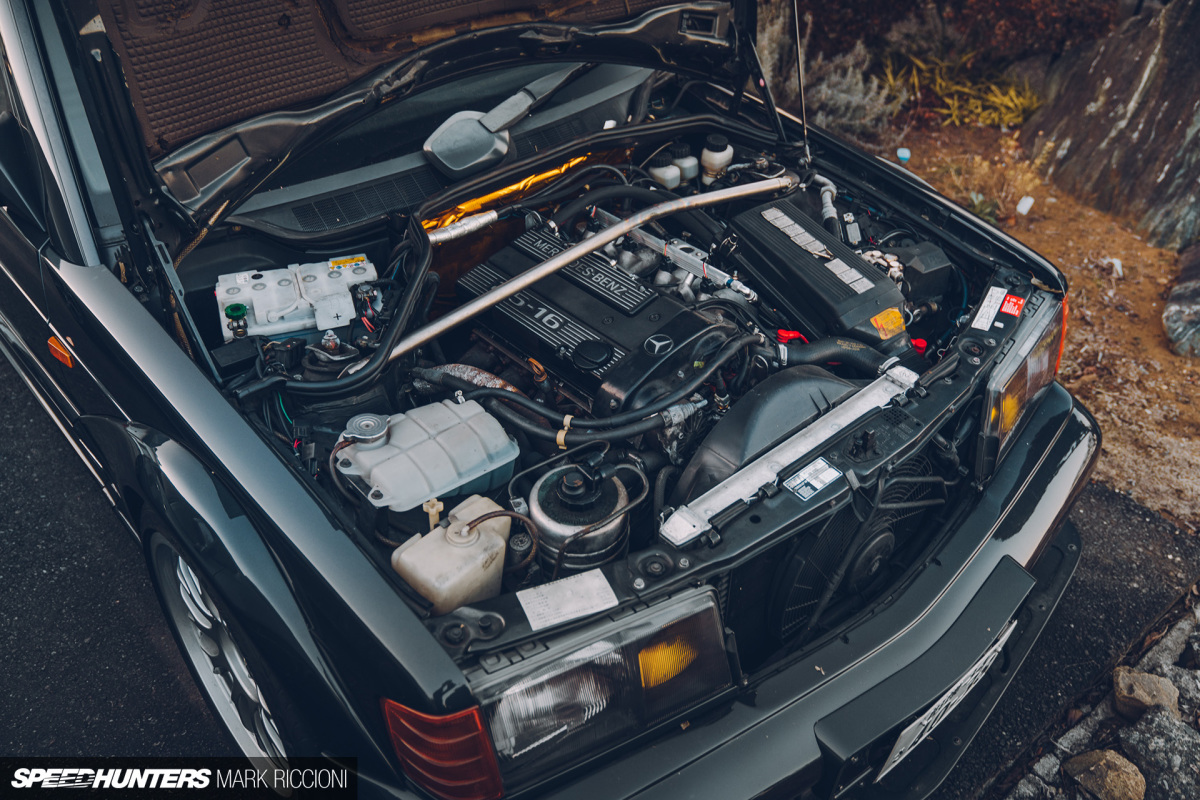
This period is referred to at the ‘golden age of DTM’ for good reason. Prior to this, DTM race cars were quite closely linked to road-going versions. Group A racing was intended to be this way in order to promote a ‘race on Sunday, sell on Monday’ spectacle for viewers. Things were about to change, however, and as BMW brought in the E30 M3 to battle the first iteration of the 190 E, constant improvements and ‘Evolutions’ would see the pair attempt to one up each other in the following years.
Because the DTM cars had to be based on cars that were available to buy at the dealership, a 16V version of the 190 E had to be produced in order to enter into DTM in the first place. Unusually, the race car concept existed first and then the road car was developed. The initial 2.3-litre 16-valve car was introduced at the 1983 Frankfurt Motor Show, and by 1988 its engine capacity had grown to 2.5-litres.
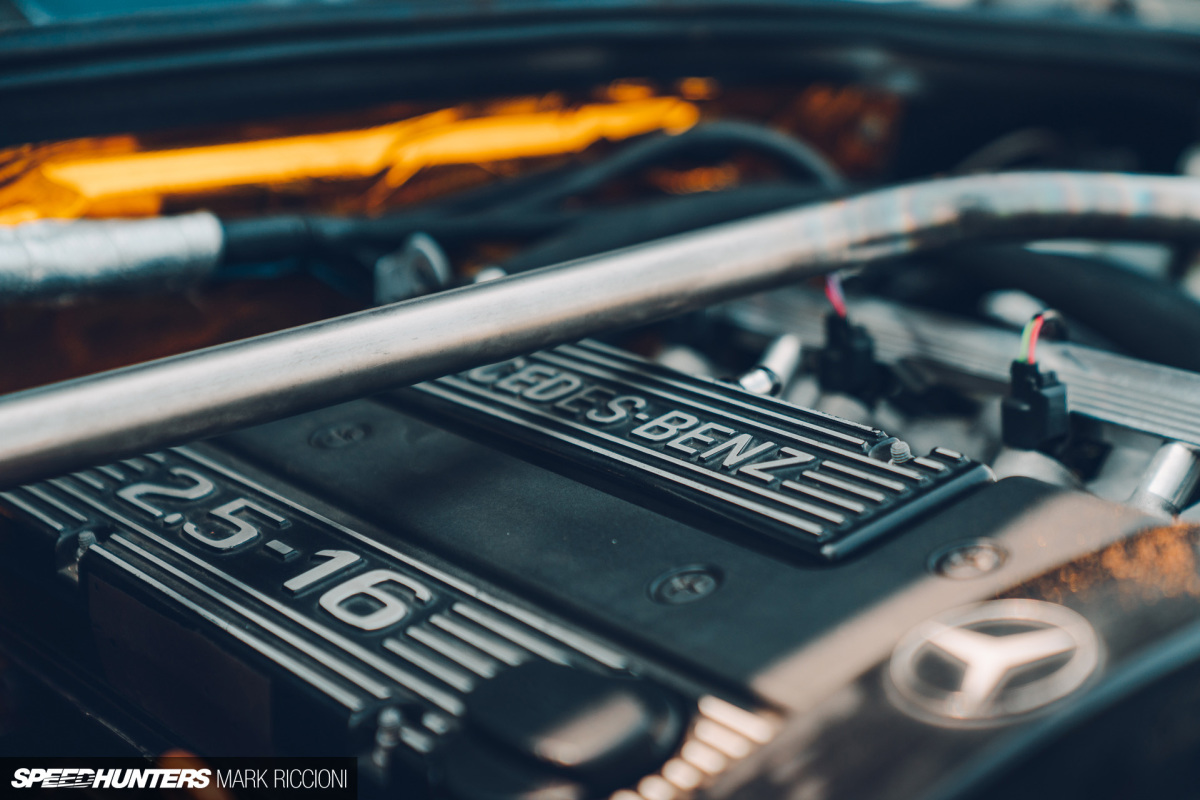
By 1989 things were starting to really get spicy and move even further away from the base 190 E with the ‘Evolution I’ version. The regulations allowed tweaks to the base car once the initial homologation was passed. This meant that once the initial run was supplied, only an additional 500 cars would be required to update the homologation for the new version.
Not one to do things lightly, Mercedes exceeded this number with 502 Evolution I cars. BMW and Mercedes both took full advantage of the opportunity to enhance their weaponry and went into battle again. The Evolution I featured new front and rear spoilers, plus wide arches and suspension updates. The engine retained the same 2.5-litre capacity of the 1988 update, but was redesigned to improve power delivery and reliability. Yamazaki-san’s other 190 E is this variation; it’s incredible to think he’s so passionate about 190 Es that he has both to enjoy.
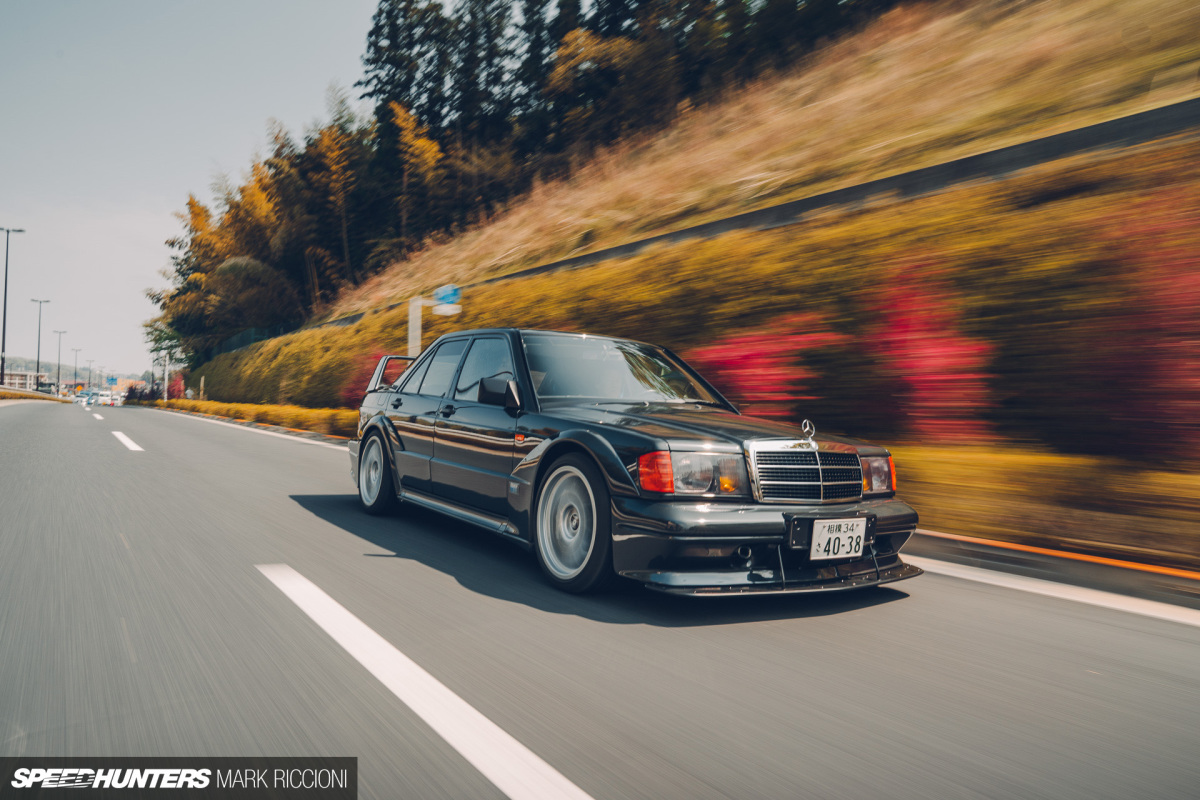
But then there’s the Evolution II, the car we have before us here.
Launched in 1990, it represents the pinnacle of Mercedes 190 E development. By this point in the timeline the gloves were well and truly off. Huge arches, new six-spoke wheels and that iconic rear spoiler signify that this is no ordinary 190 E. It used the redesigned short-stroke 2.5L from the Evolution I, but included the optional AMG Power Pack to deliver 232bhp. It might not sound like much – after all, many hatchbacks break the 300 barrier today – but bear in mind the naturally aspirated 2,500cc engine capacity – that’s no mean feat. Peak power is produced north of 7,000rpm and so delivers the DTM experience authentically on the road.
One of my favorite features of the Evolution II is the in-car adjustable ride height, which must have felt incredible in 1990. Can you imagine flicking a switch on the console and dropping to ‘race’ height? Just 500 Blauschwarz cars were delivered to customers with an additional two Silver cars retained by Mercedes. The car in these images is one of those 500 black cars.
This flurry of facts, figures and milestones should give you some insight into why we were taken so sideways by the unveiling of the car at the top of the hill. We’d just come from shooting Yamazaki-san’s Evolution I, then BAM, here’s an Evolution II. It’s no ordinary Evo II either. Yamazaki-san has prepared this car for circuit use and often takes it to battle, just as Mercedes intended. BBS Mg magnesium wheels hide monoblock Lamborghini Brembo brakes on the front and Porsche Brembo calipers on the rear.
You can see that it’s used, and that alone makes me smile to think about it in action. As we pore over the details I spot a MoTeC engine management system, period-correct RAID steering wheel and Recaro seats. Surprisingly for someone who owns two of the rarest and most culturally significant Mercedes of modern times, Yamazaki-san simply just wants to drive.

For me, this is what car life is all about: Obsessing, enjoying, maintaining and protecting rare and interesting cars, sharing them with friends, and ultimately driving them.
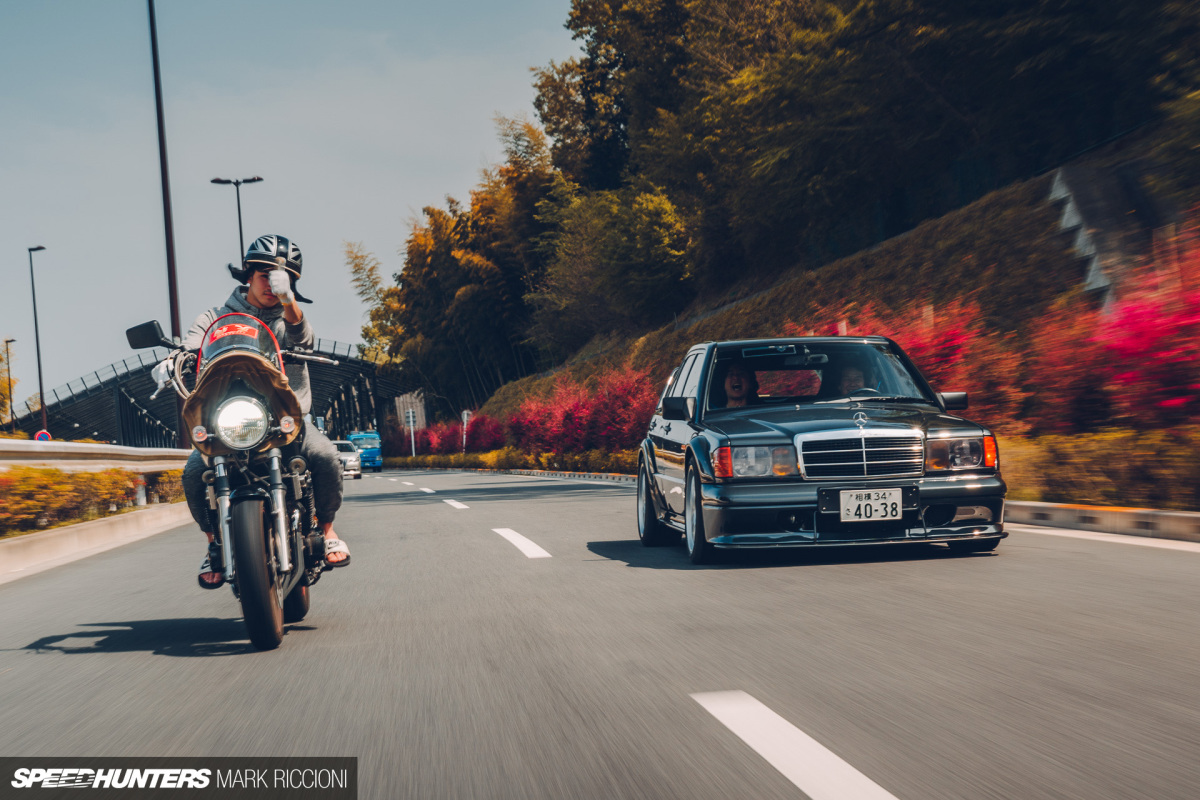
Car knowledge means absolutely nothing unless it is shared. Why squirrel away cool stuff and hide it from the world? There is so much more joy to be had in seeing a car reflect its owner’s character rather than looking at a sterile, sanitised version in the original wrapper. Let’s get the covers off rare cars more often.
Tetsuro Yamazaki, we salute you.
Ryan Stewart
Instagram: 7.nth
ryan@speedhunters.com
Photos by Mark Riccioni
Instagram: mark_scenemedia
mark@speedhunters.com


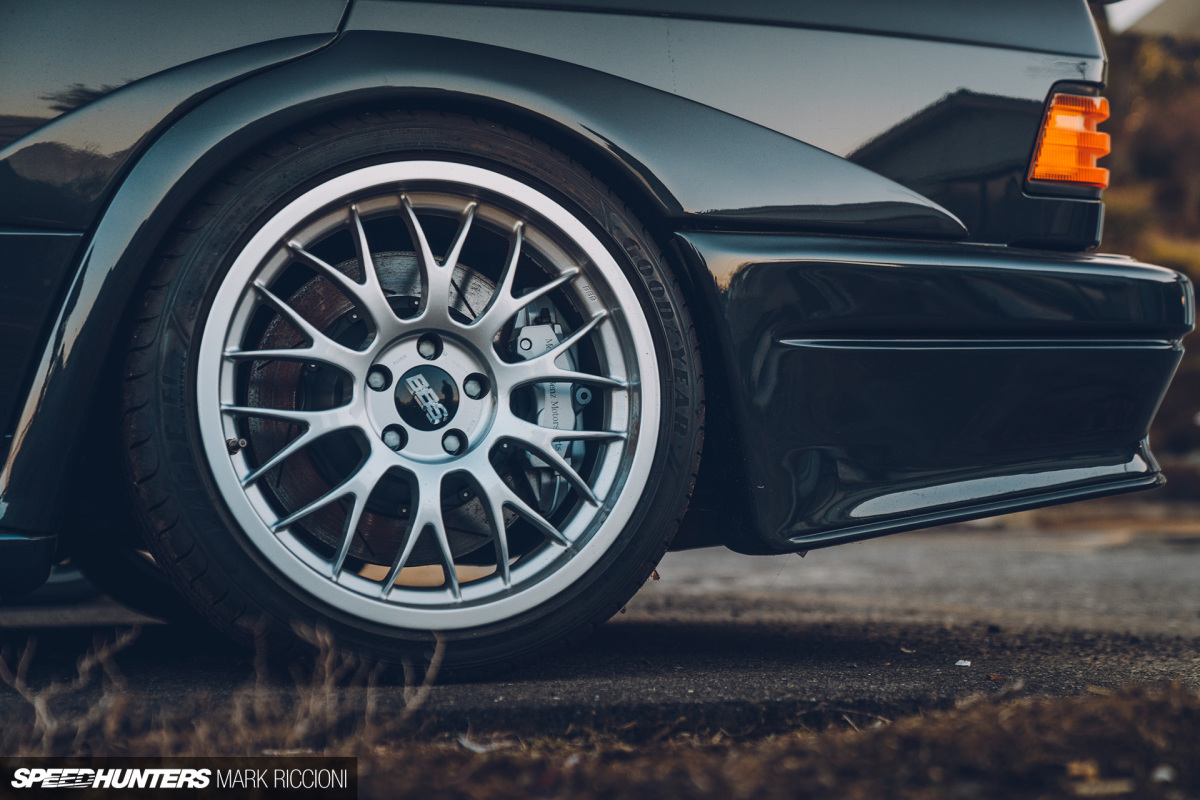
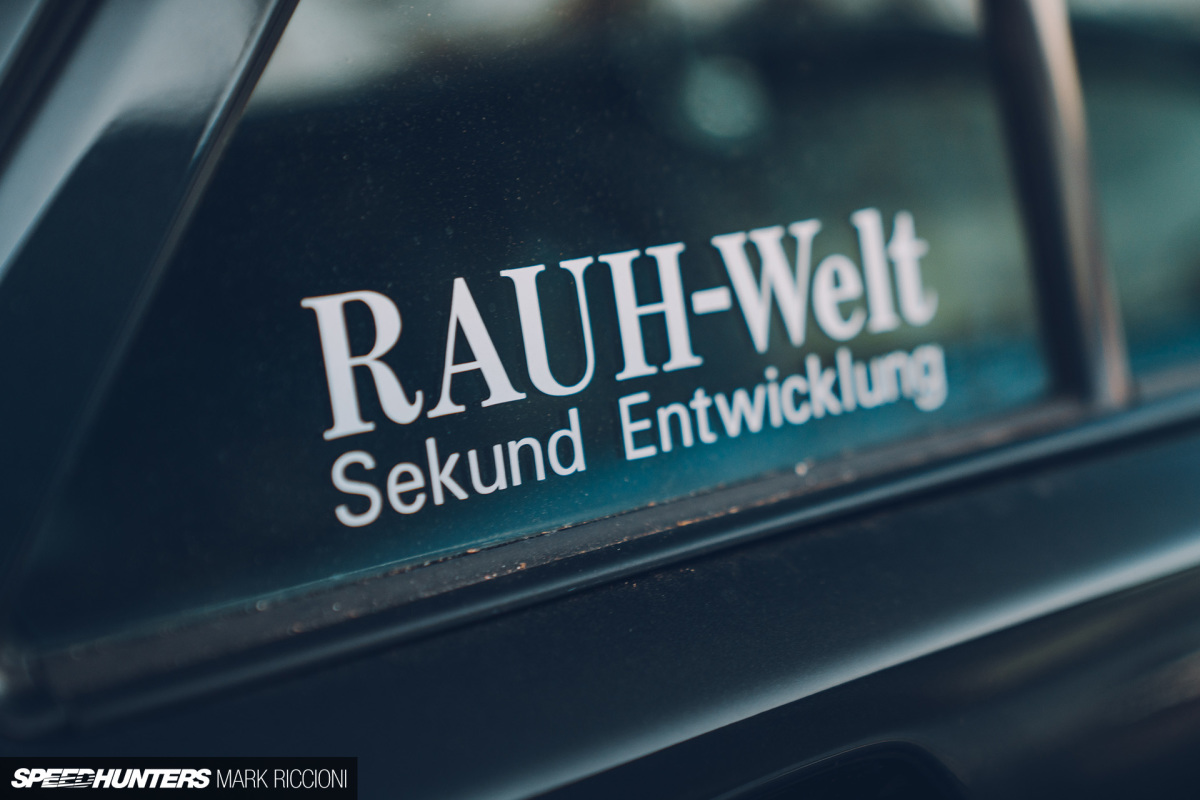
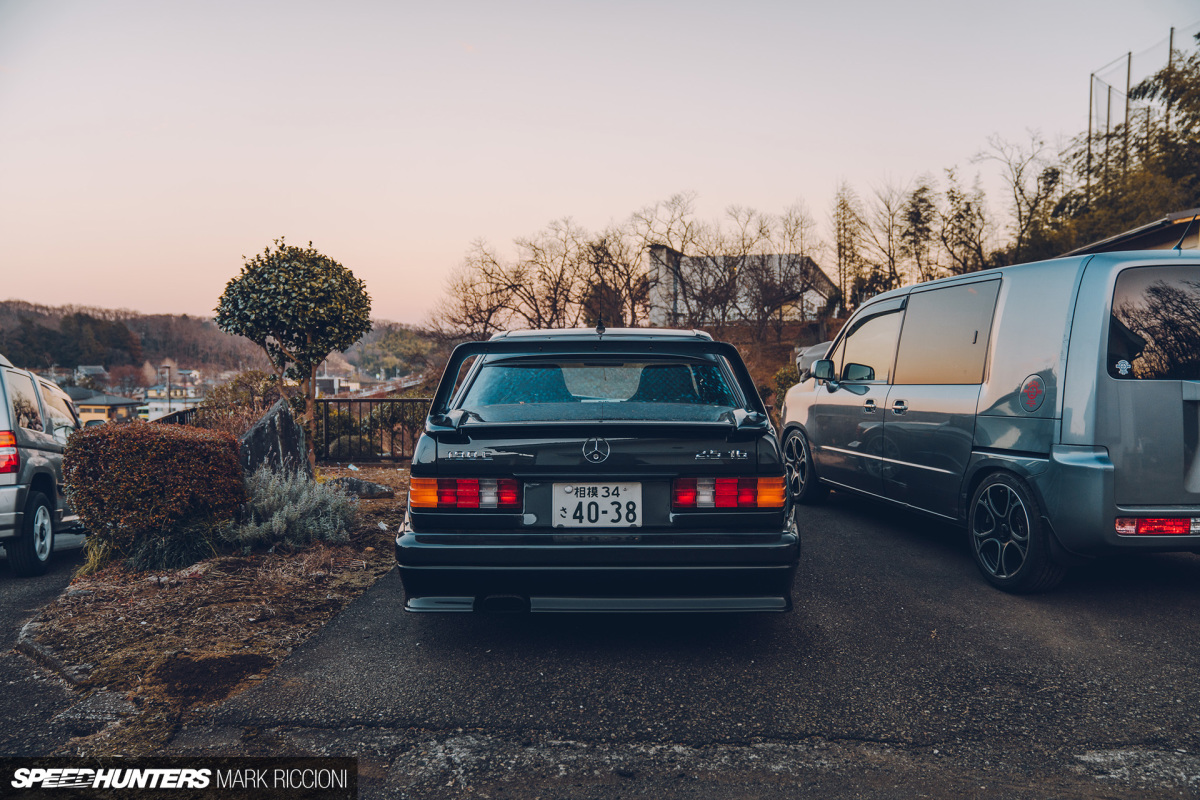
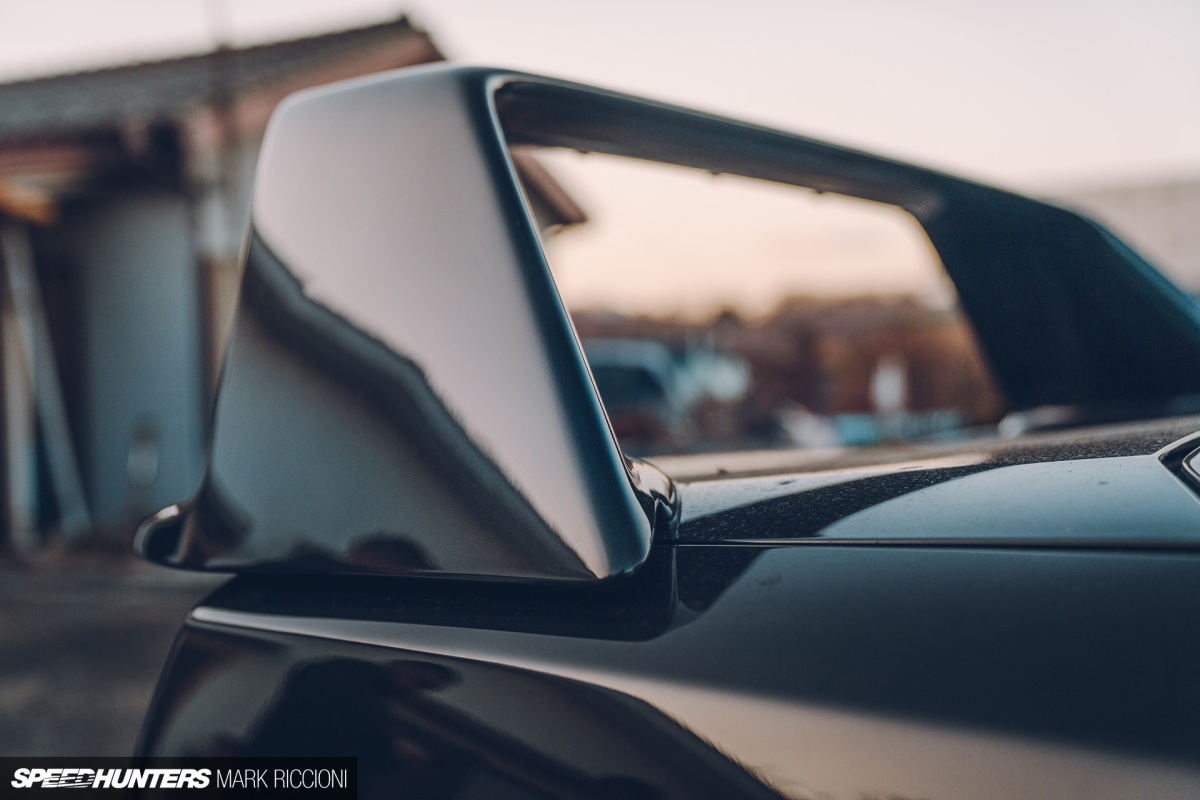
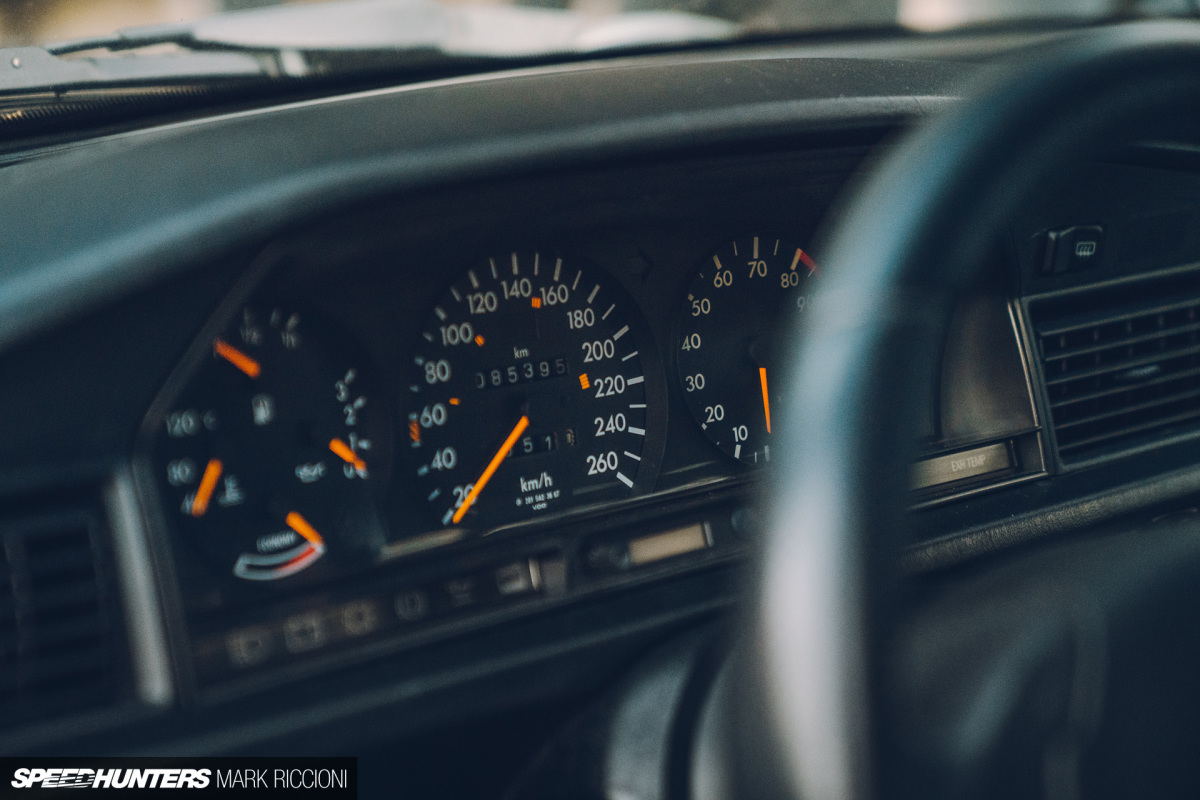

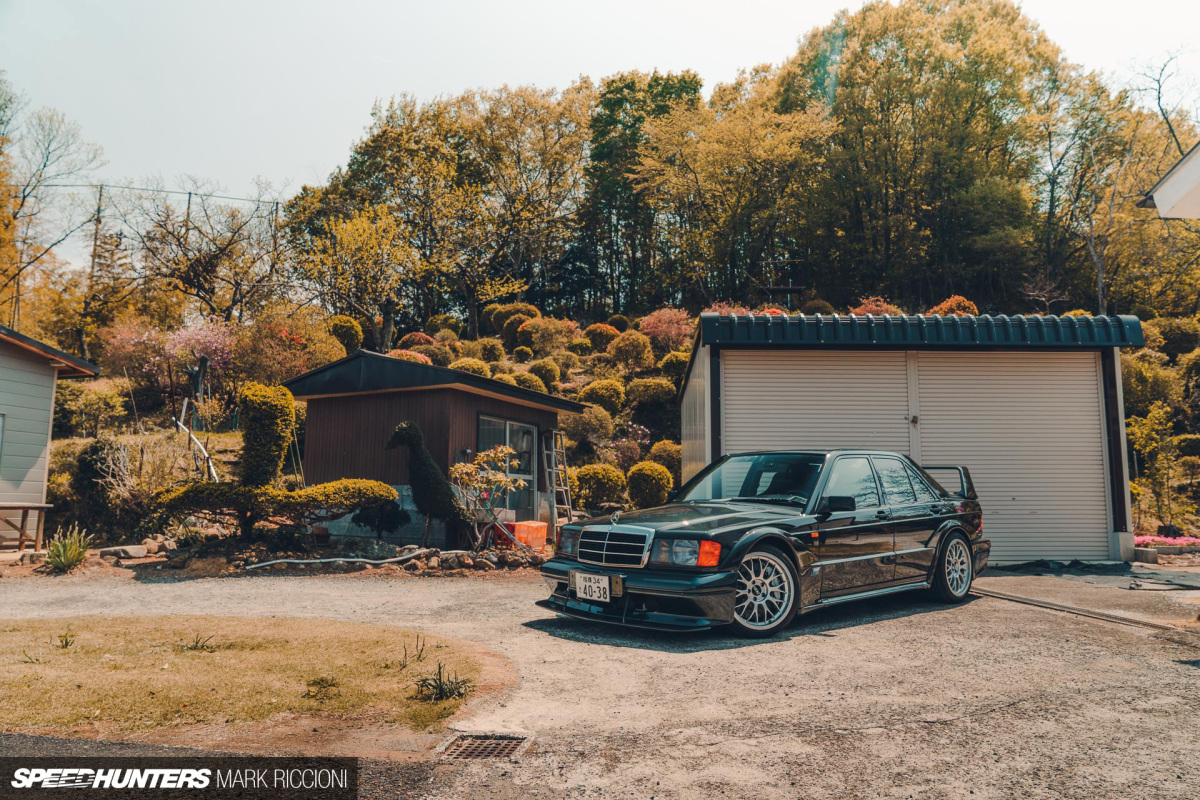

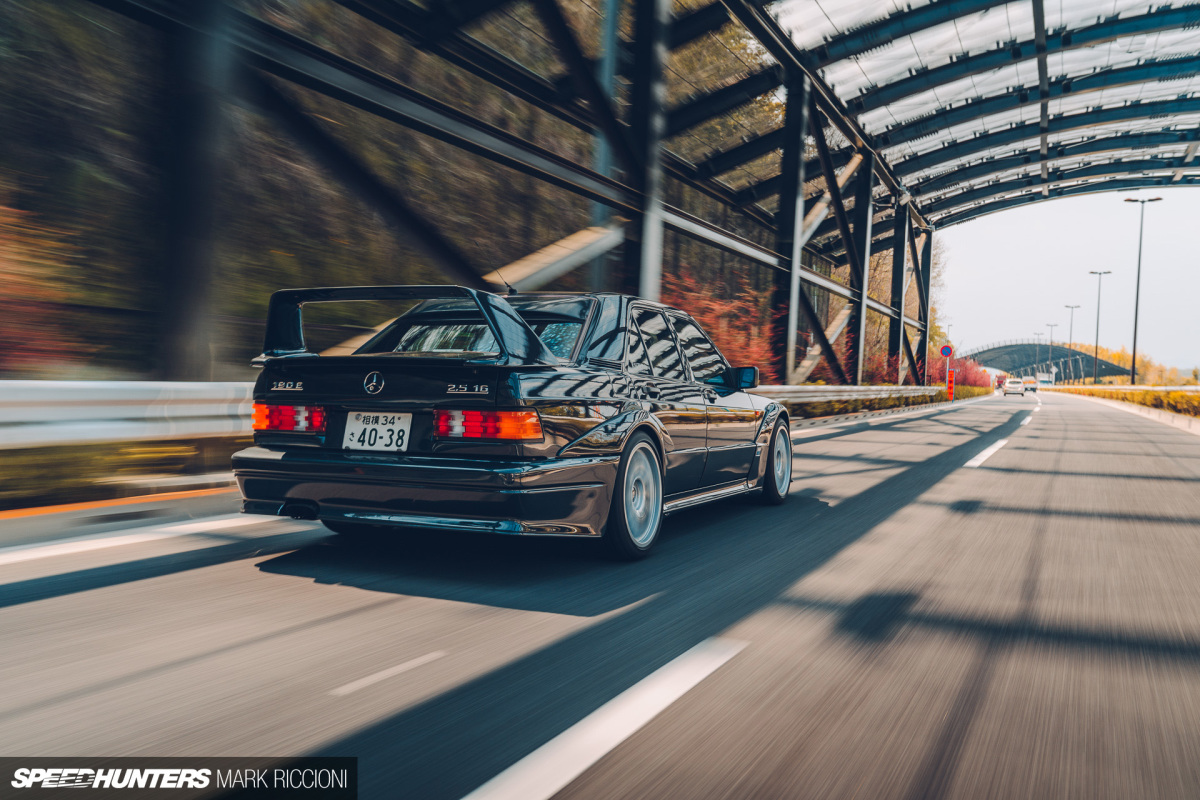
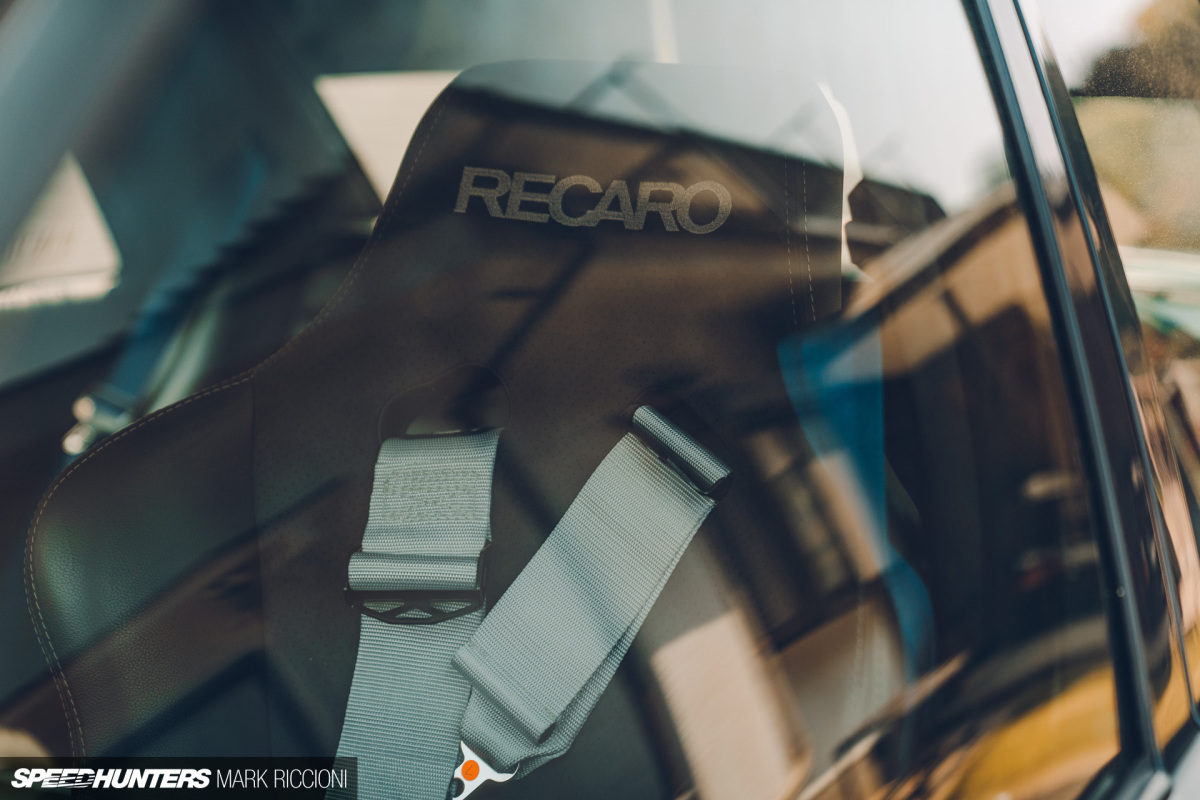
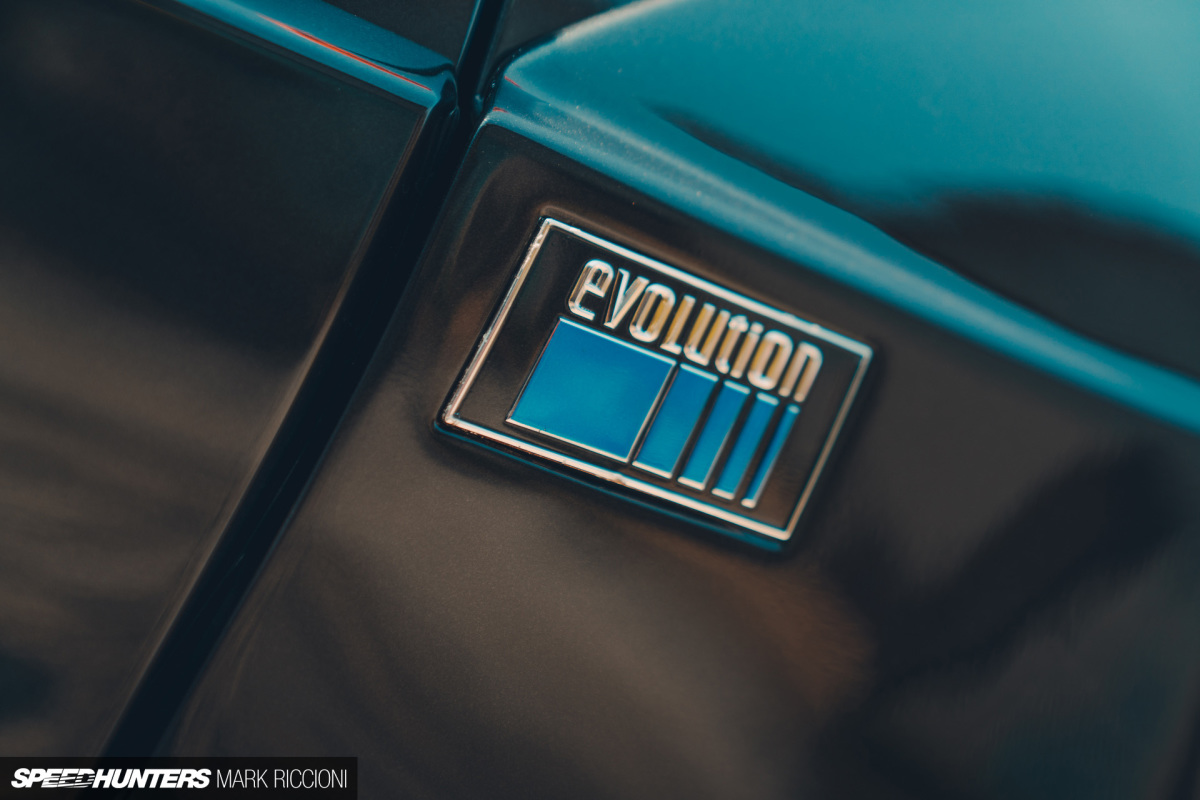
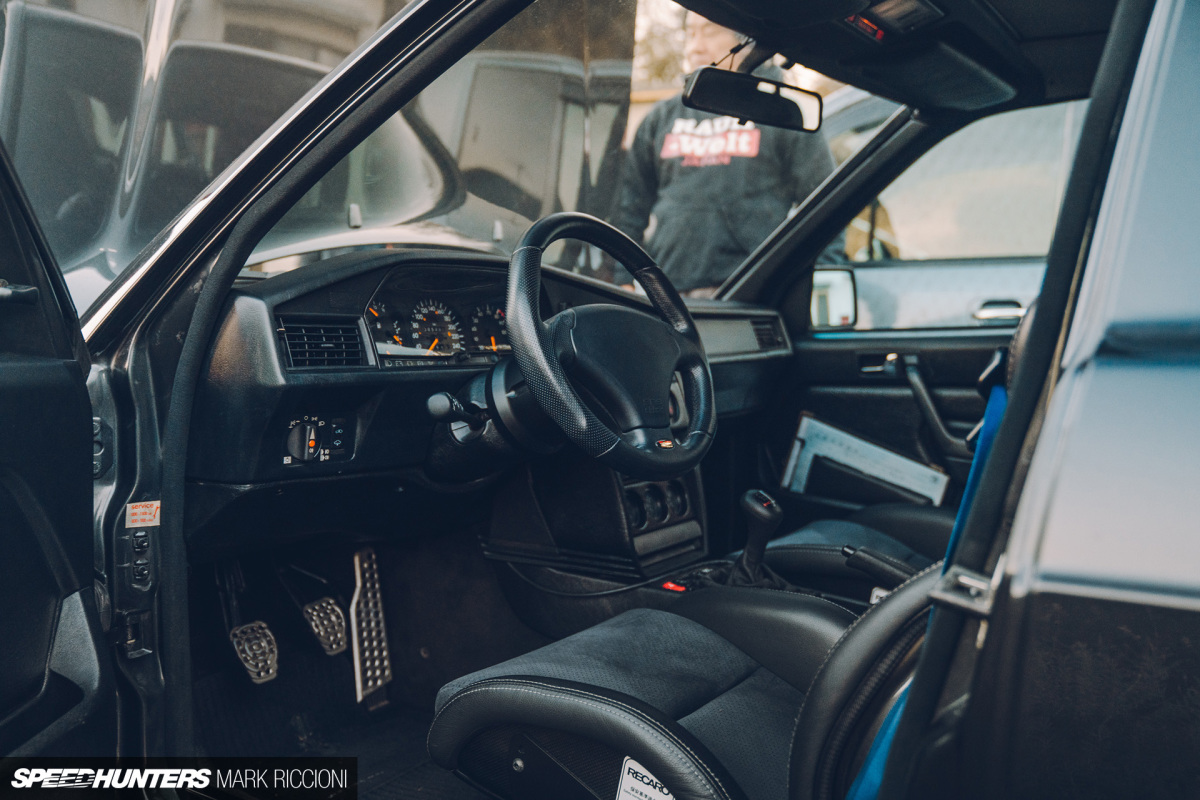
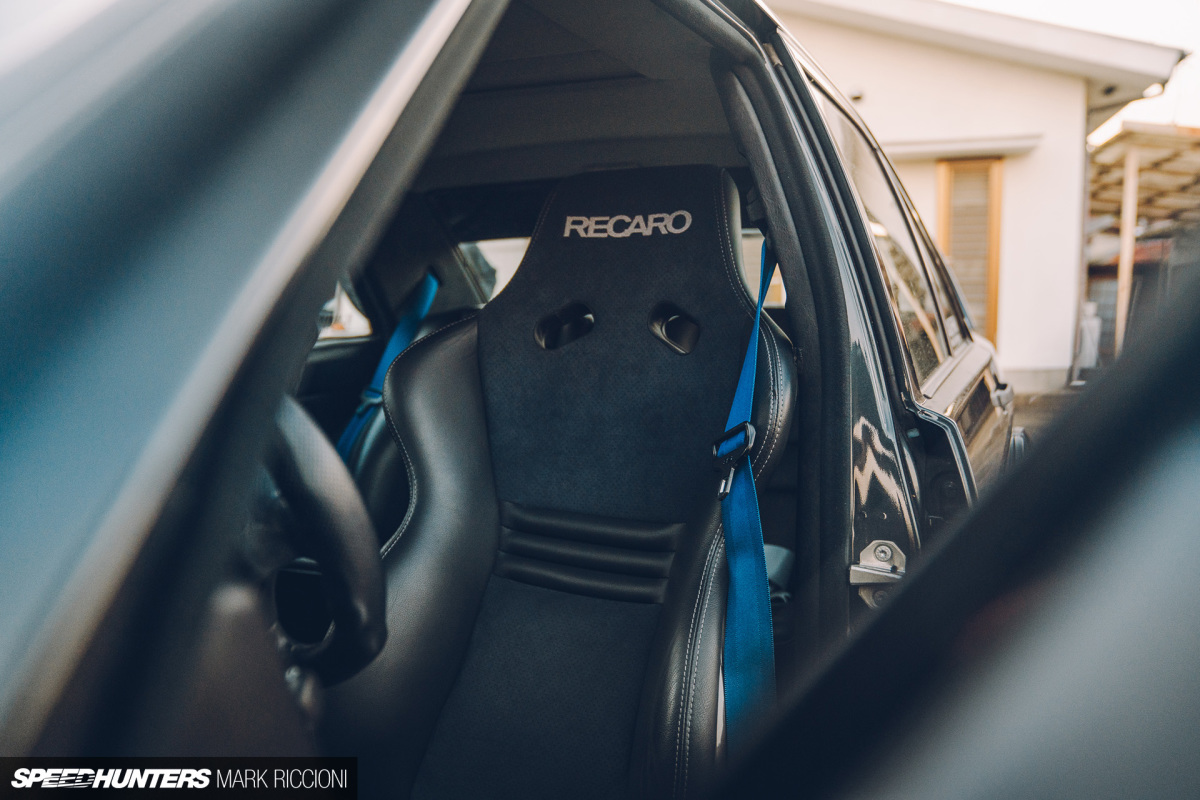





A couple of years ago i'd never seen an EVO II in the metal. Several trips to Japan later and i think I've shot a fair percentage of those ever produced. Brilliant place.
What a japan-van thing is parking on right side of that MB?
I believe that's a Honda Mobilio Spike.
Great Story and photos thank you! One of my favorites growing up too. I live in New Zealand, where v8 Supercars and nissan skylines were popular in the early 1990's, but both this and the m3 blew my socks off. Much rarer over here.
Wellington 500. 1988 - 1992 Simply awesome.
I'm really impressed with how Yamazaki-san repainted those Lambo and Porsche calipers and rebrand them to Mercedes-Benz!
+1 for that Jay. Looks perfect!
Agree! Classiest calipers ever
The crazy story of how the 190E was ever made by Mercedes to begin with, at a huge investment for such a small and cheap car, plus MB's involvement in DTM racing to compete with BMW, how and why they even release the EVO to the public, is one of those rare cases where the wealth and excess of a giant corporation directly benefits the consumer. Amazing!
It's really quite incredible. With over half a billion dumped into R&D the excess is, like you say, amazing.
I'd say most of this article is absolute horse shit. Both the Merc and the M3 were developed for Group A racing. Both were used for rallying too because the homologation was the same. If they had had any intention on world rallying they would have made a group B homologation model. The only difference in Group A racing and rallying rules was that evolution models were allowed in racing but not in rally.
Cool car and nice pics though
It's well known that Mercedes planned to enter Group B with their W201 chassis, but Audi introduced the Quattro with 4WD and a turbocharger that would have trounced the 190. So after all the toys were thrown out of the pram, Mercedes-Benz did not re-enter motorsports with a factory-backed team. Instead, as Ryan says, they used independant teams like AMG to enter the DTM.
So essentially, Audi forced Mercedes-Benz to create a DTM car, and Mercedes' success was responsible for the creation of BMW's M3. The 190 first raced in the Group A championship in 1986 (Group A WRC didn't kick off until '87). And it was a very concious decision for MB not to campaign in Group B, all because of Quattro. It's a great story, you should read up about it sometime.
190 E and M3 were developed for Group A racing, correct. But the 190 E was intended for rallying way before it was considered for racing. It was decided rallying was a fruitless endeavour, which is why the huge focus on DTM was sparked.
I have always liked the 190, there is generally something so good about these 90s boxy shape. But one thing was when I was conjuring idea for the perfect 190 I though what if you put a v8 or even a v12 from the merc engin line up. With some fifteenfity2 or some turbofan wheels whit the 190e body. Though I do say my wallet won't be happy.
A company called Piper Motorsport took a 2010 C63 and a 190 E Benz and made a baby. The M156-powered thing was the subject of a 5-year build and it's all documented on Facebook somewhere. Give it a Google and prepare to lose some time looking at the photos.
Good luck finding a decent one in the states...I've tried...for a while.
nice to see the W201 and W124 getting so much love these days. I've had two W124s (as well as an old W123) and long admired the design of the 201. Mercedes from this era are just so good, but it hasn't been until the last few years, after the E30 boom started to spread the love to other Euro cars, that people have really started building them up and appreciating the originals. too bad a 2.3-16 is so rare these days.
This article was so good i spent the last two hours watching DTM from the 80's and 90's... sigh! That was fun! Now where's the Jagermeister...
I've lost way too many hours on YouTube watching DTM. The 1992 season is my favourite. Pass the Jager my way when you're done!
The last picture is wonderful.
This is my favourite
There is a Mk1 2.3 16 on Ebay UK at £8500.....
There's one in pieces for £4k. Proper project!